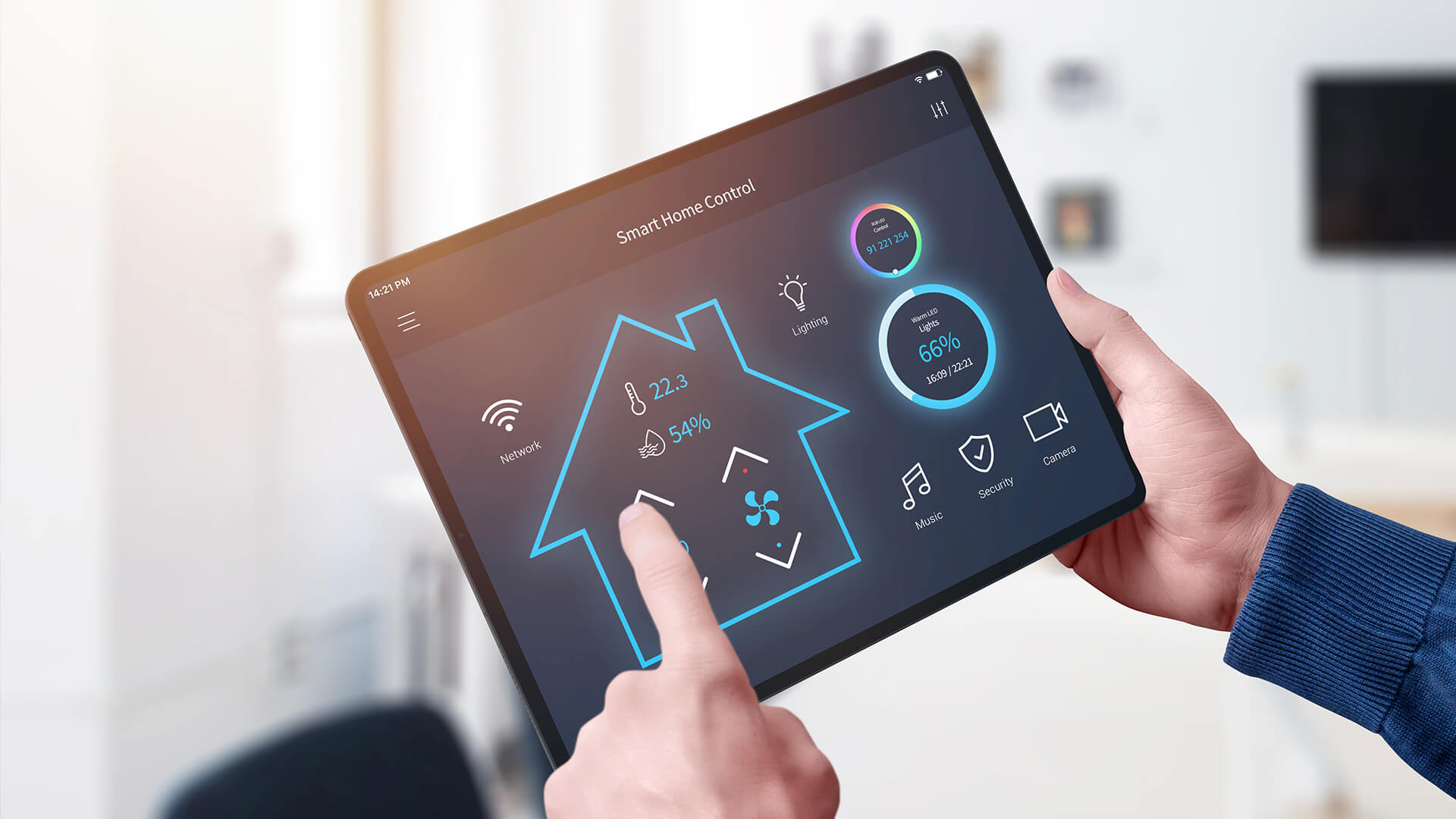Climate change has been a priority for governments all over the world for many years. The desire to lower carbon emissions in the UK, combined with the need to stimulate the economy after the recession caused by COVID-19, has led to the UK government’s 2020 Green Home scheme. Due to be rolled out in September, this scheme will see grants being issued to UK home owners for the purpose of improving the energy efficiency of their home.
When considering ways to improve the energy efficiency of the home, many people are put off by the thought of the expense. It’s no secret that many changes come with a considerable price tag, so the government scheme is no doubt likely to be welcomed by many.
What is the UK Government’s 2020 Green Home Scheme?
While the full details of the scheme will not be released until September, UK Chancellor of the Exchequer, Rishi Sunak, has already indicated various elements of how it will work. Most UK home owners will qualify for a grant of two-thirds of the cost of energy-efficient home improvements. This is regardless of their income. It’s expected that hundreds of thousands of home owners will get up to £5,000 worth of vouchers, and those on a lower income could receive up to £10,000.
It is not yet known exactly what home improvements will be included in the scheme, however the following five energy-efficient ideas are expected to be covered;
1. Double glazing
2. Radiant heating
3. Foam insulation
4. Low energy lighting
5. Energy efficient doors
Read on to understand more about the benefits of these ideas, and how they can help you save money on bills in the long term.
1) Double glazing
Many households find that they need to keep the heating on for long periods throughout the year in order to keep their house warm. This may not be necessary, however, depending on the performance of the windows.
Many older homes, in particular, still have single-glazed windows or even poorly fit double glazing. In these cases, a huge proportion of heat from within the home is lost because it seeps out of the windows. This problem can be avoided by investing in energy efficient windows.
Quality, modern windows are designed to retain as much heat as possible in colder months, and keep out the warmth from the sun in the summer. This means that after the initial investment in the windows, households will notice the cost-efficiency of this option in that their heating bills will go down.
2) Radiant heating
Unlike conventional radiators that heat up the air in a room, radiant heating works by heating surfaces. The panels are located behind walls, floors, and ceilings, and the warmth that is radiated from the panels is then absorbed into the contents of a room. This means that people will feel warmer, quicker.
The reason why radiant heating is considered more eco-friendly and cost-effective than other types of heating is because it does not need to be set to a high temperature. Individuals will feel the benefits earlier than they would with fan heaters or radiators. Again, this in turn will lead to a reduction in heating bills.
3) Foam insulation
Another way to lower energy bills is to improve the overall insulation of your home, to keep heat out during the summer and in during the winter. Foam insulation is known to be one of the most efficient kinds of insulation. Its versatility and continuous membrane means its suitable for just about any structure, because it can adhere to all kinds of awkward shapes.
The foam is applied as a liquid, but quickly expands to the necessary thickness to create a seamless thermal barrier. This means no draughts and no condensation. The thermal efficiency of foam insulation means it will lower heating bills, plus the longevity of the product ensures that insulation will not need to be replaced for well over ten years.
4) Low energy lighting
In addition to the use of energy-efficient light bulbs, home owners can go the extra mile by installing efficient white lighting units. These are known to use significantly less energy than conventional lighting. The units comprise a light fitting, light sources, and control gear, and together provide ample lighting for any setting. They are available in a variety of fixture types and sizes, all of which offer considerable energy savings and lower carbon emissions.
5) Energy efficient doors
While most people are aware of the poor energy-efficiency of old and single-glazed windows, doors can often go overlooked. The fact is that old and poorly-fitting doors can also be damaging to the eco-friendliness of the home, as these too will likely let cold air in. Doors that are poorly insulated or not well-fitting will let in draughts, causing your home to get cold and require more heating.
As with windows, you need to look at the rating of a new door in order to determine its energy efficiency. A++ is the optimum grade, and E is the least efficient. If you opt for an A++ door, as well as A++ windows, you should notice a significant difference in your heating bills, as you won’t need to keep the heating on such a high temperature, or for the same length of time.
Before investing in any changes that will improve the energy efficiency of your home, it’s worth waiting for information regarding the UK government’s Green Home scheme in September. With two thirds of costs likely to be covered, it should be possible to significantly improve the eco-friendliness of your home later on in the year, with government help. This will mean that as we approach the winter months, you’ll need to use less energy to keep your house warm.
In the meantime, minor changes like turning plugs off when they’re not in use, and wearing an extra layer instead of turning on the heating, are certainly valuable ways to make your home more energy-efficient.































